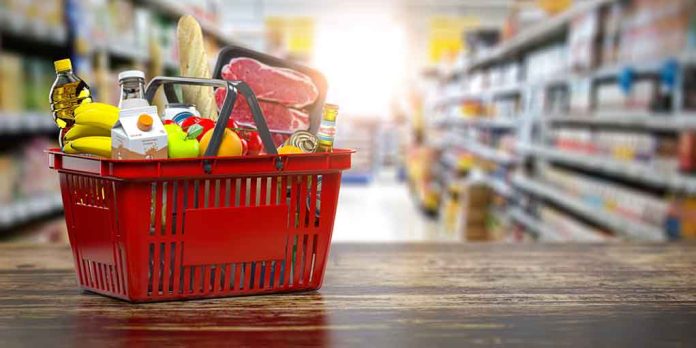
All Your Questions About The Supplemental Nutrition Assistance Program (SNAP) Answered
(BrightPress.org) – Do you find yourself struggling to afford your grocery bill? You are not alone. You are only one of many Americans struggling to keep up. The government realized many families were struggling to keep up with necessities such as groceries. Fortunately, they have developed programs to help these families afford necessities. One of the most popular assistance programs is the Supplemental Nutrition Assistance Program (SNAP).
Understanding SNAP
SNAP is one of a few programs offered by the United States Department of Agriculture (USDA). Commonly referred to as “Food Stamps,” the SNAP program aims to help qualifying households meet nutritional needs. SNAP provides each home with an Electronic Benefits Transfer (EBT) card. Grocery stores and convenience stores accept EBT cards as payment. Look for the EBT accepted sign or ask an associate if they accept EBT cards as payment.
Once a month, EBT cardholders will receive government funds to purchase qualifying groceries at participating stores. How much each home gets depends on various factors such as income level, family size, and the number of dependants. As of October 1, 2021, the maximum benefits for different household sizes are as follows :
- 1 person household: up to $250 monthly
- 2 person household: up to $459 Monthly
- 3 person household: up to $658 monthly
- 4 person household: Monthly maximum of $835
- 5 person household: Monthly maximum of $992
- 6 person household: Monthly maximum of $1,190
- 7 person household: Monthly maximum of $1,316
- 8 person household: Monthly maximum of $1,504
- Every additional person after 8 family members can get a maximum benefit of $188
Am I Eligible for SNAP?
SNAP is available country-wide, but each state has specific eligibility requirements. To find out whether you are eligible, reach out to your state agency, as they will determine your case. SNAP applications are prioritized by each household’s need level. Keep in mind that college students and some legal immigrants may not be eligible for SNAP assistance without meeting specific requirements. Be sure to contact your state agency for more information about specific eligibility requirements and exemptions. Applications are typically processed within 30 days of submission. If you have not heard anything in this time, reach out to your state agency for more details.
Snap Eligible Groceries
EBT card funds can only be used on eligible grocery items. The items include:
- Cereal
- Dairy
- Fish, poultry, and meat
- Snack foods
- Fresh fruits and vegetables
- Non-alcoholic beverages
- Bread
- Canned foods
EBT funds are only usable for items similar to those mentioned above. Non-qualifying groceries include:
- Live animals
- Medication
- Non-food items such as personal hygiene items
- Nutritional supplements
- Tobacco products
- Alcoholic beverages
- Some ready to eat or hot foods
Bottom Line
Many people feel the sting of struggling to afford the cost of groceries and may think that there is no help for them. Fortunately, there is help out there! Programs like the Supplemental Nutrition Assistance Program (SNAP) help support struggling families. SNAP benefits and requirements vary by state, so be sure to check your state’s specific eligibility requirements. The SNAP program pays out monthly funds to an Electronic Benefits Transfer (EBT) card. The day of the month you receive payment varies by each household’s need level.
These funds can be used to purchase qualifying grocery items at participating locations. Remember, not every grocery item is covered under the program, so be sure to check what you can and cannot purchase. The amount of funding you receive is based on factors such as family size, income level, and the number of children in the home. Families can receive funding up to a maximum of $250 to $1,504, depending on household size. If you have any questions or want to know more about your state’s specific requirements, reach out to your state’s agency to learn more.
Copyright 2022, BrightPress.org
















